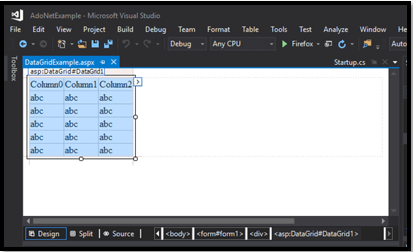
On the General tab, for URL, enter the value of the JDBC URL field for your Azure Databricks resource as follows: Clusterįind the JDBC URL field value on the JDBC/ODBC tab within the Advanced Options area for your cluster. Select the Databricks driver that you added in the preceding step. On the Data Sources tab, click the + ( Add) button. Use DataGrip to connect to the cluster or SQL warehouse that you want to use to access the databases in your Azure Databricks workspace. Step 3: Connect DataGrip to your Azure Databricks databases Browse to and select the DatabricksJDBC42.jar file that you extracted earlier, and then click Open.

On the General tab, in the Driver Files list, click the + ( Add) button.Click the + ( Driver) button to add a driver.In the Data Sources and Drivers dialog box, click the Drivers tab.

Set up DataGrip with information about the Databricks JDBC Driver that you downloaded earlier. Step 2: Configure the Databricks JDBC Driver for DataGrip
DATAGRIP PRICE .EXE
exe file.įor more information, see Install DataGrip on the DataGrip website. zip file, extract its contents, and then follow the instructions in the Install-Linux-tar.txt file.
Requirementsīefore you install DataGrip, your local development machine must meet the following requirements: This article was tested with macOS, Databricks JDBC Driver version 2.6.25, and DataGrip version 2021.1.1.


 0 kommentar(er)
0 kommentar(er)
